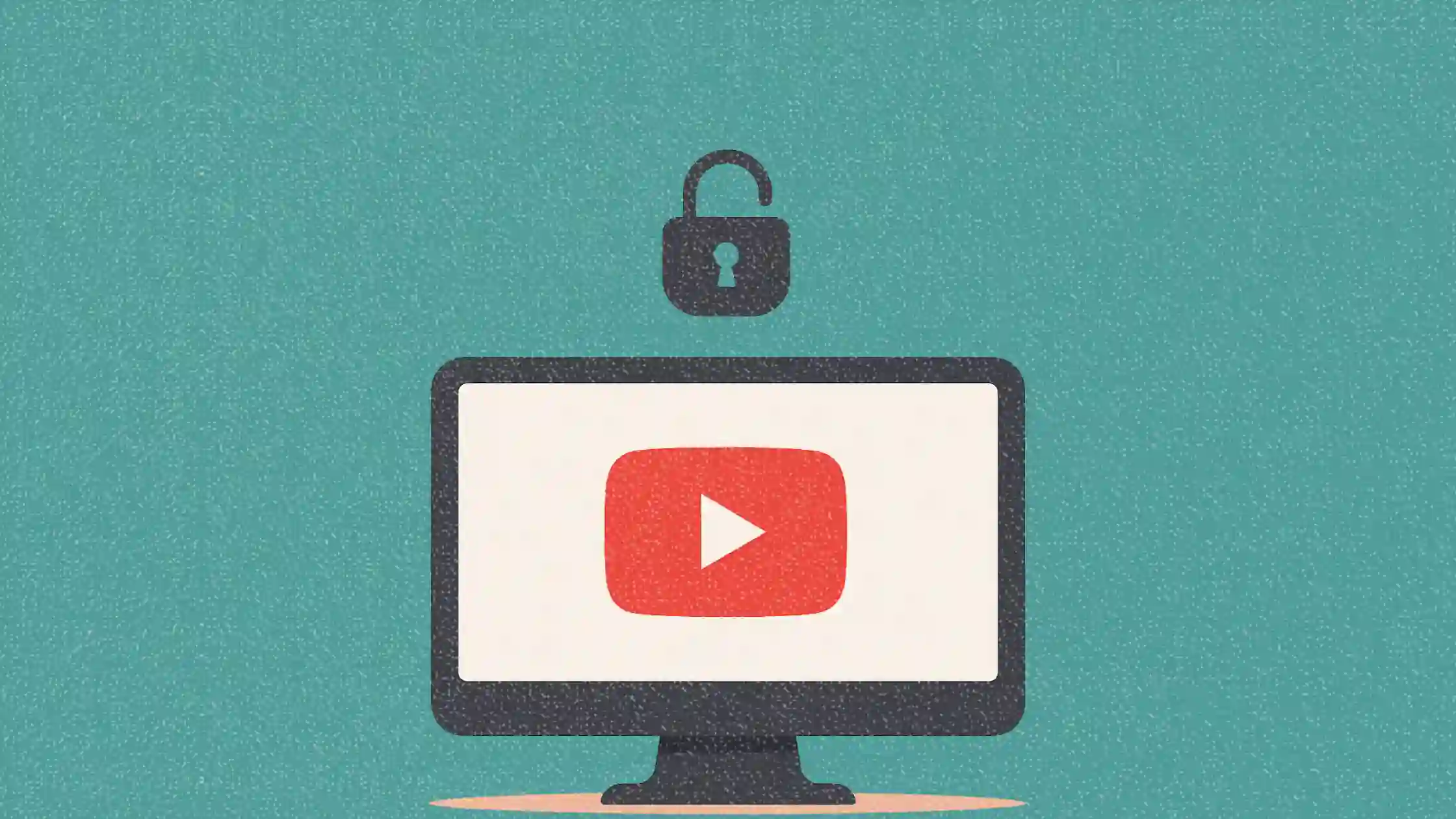YouTube eases content rules—here’s what it means for marketers
YouTube eases enforcement on sensitive topics. What does this mean for brand safety and marketing strategy?

YouTube is rebalancing the scales between free speech and harm prevention.
According to a recent exposé by The New York Times, the platform quietly rewrote parts of its moderation policy in late 2024—just as the U.S. political climate began to heat up in advance of Donald Trump’s re-election campaign.
These changes give more leeway to videos that touch on controversial or sensitive topics, even if they previously would’ve been taken down. YouTube now requires at least 50% of a video to violate guidelines—up from 25%—before it’s removed. And in cases of ambiguity, moderators are reportedly being told to err on the side of leaving content up.
This article explores YouTube’s policy shift, how it fits into the broader "free speech" movement on platforms like Meta, and what marketers need to know about brand safety, reputation management, and shifting audience expectations.
Short on time?
Here is a table of content for quick access:
- What changed in YouTube’s moderation policy?
- Context: Platforms pivoting toward “free speech”
- What marketers should know

What changed in YouTube's moderation policy?
YouTube’s revised guidelines appear to be part of a wider recalibration aimed at minimizing over-enforcement and preserving what it calls “public interest” content. Key changes include:
- Higher threshold for takedowns: Previously, if 25% of a video included misinformation or rule-violating content, it could be removed. Now, that bar has been raised to 50%.
- Deference to free expression: Moderators are reportedly instructed to preserve borderline content if its “public interest value” outweighs the risk of harm.
- Examples shared internally: YouTube cited real videos—like one promoting COVID-19 vaccine misinformation—that were allowed to remain under the new standards because they featured public figures and were deemed low-risk or newsworthy.
- More content escalation, less removal: Moderators are now being told to escalate unclear cases instead of removing them outright.
Spokesperson Nicole Bell stated that these exceptions apply to a small number of cases and that the platform regularly updates its policies to reflect new content formats—especially longform podcast episodes.
Platforms pivoting toward “free speech”
YouTube isn't alone.
Meta is also moving in this direction. The company is phasing out its fact-checking program in favor of a community-led model modeled after X (formerly Twitter).
Meta’s new system will publish only those community-written notes that achieve broad consensus. And it’s doubling down on giving users more control over political content, allowing people to filter what shows up in their feeds instead of relying on company moderation.
Together, these developments suggest a clear trend: major platforms are stepping back from heavy-handed content policing—especially around political and polarizing topics.
What marketers should know
With looser moderation comes a new set of challenges for brands trying to protect their reputation and engage meaningfully. Here’s what savvy marketers should consider:
1. Reevaluate brand safety settings
Brand safety has always been about avoiding harmful or divisive content. With more “borderline” material likely to remain online, brands may need to double down on contextual ad placement tools. Consider working with platforms or third-party tools that let you filter ad placements based on sentiment, topic, or creator history.
2. Audit your influencer and creator partnerships
Some creators may now feel emboldened to push boundaries. Revisit your influencer roster to ensure alignment with your brand’s values and risk tolerance. Don’t just rely on subscriber count—assess past content patterns and reactions from audiences.
3. Get proactive about your public stance
As misinformation or hyperbolic content becomes more common, brands may need to signal where they stand on key topics. This doesn’t mean wading into every political debate—but transparency about your values (in DEI, science, or safety) can earn trust, especially in moments of controversy.
4. Use social listening tools to stay ahead
When moderation rules shift, public perception often moves faster than brand teams can respond. Tools like Brandwatch, Talkwalker, or Meltwater can help you track sentiment spikes and viral content risks before they snowball.
YouTube’s relaxed moderation guidelines are part of a broader recalibration of platform policy—one that prioritizes free expression over aggressive content policing. While this might align with emerging cultural and political trends, it complicates life for brands trying to stay visible and safe.
Marketers should treat this as a wake-up call. Being hands-off about content risk isn’t an option anymore.
The smarter play is to refine your risk frameworks, strengthen your creator partnerships, and lean on tools that provide real-time visibility. With careful planning, you can keep your brand present, relevant, and safe—even as the rules of the game evolve.




